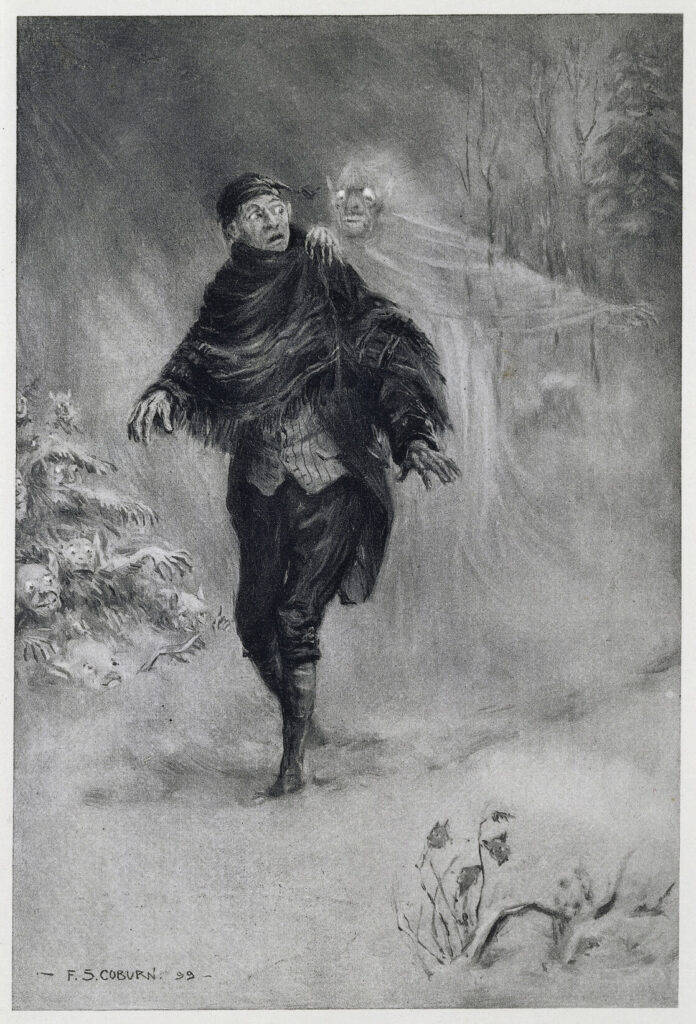Way back in 1820, author Washington Irving wrote a little story that today, 200 years later, still haunts us, especially at Halloween.
The Legend of Sleepy Hollow is set in the New York Dutch settlement of Tarry Town in 1790. In the countryside surrounding the town is a lonely and mysterious glen, feared by the superstitious — which was just about everyone in the area. Among the spirits inhabiting the glen is the Headless Horseman, a Hessian soldier who was killed in the American Revolution and still “rides forth to the scene of battle in nightly quest of his head.”
In the tale, the spindly, eccentric schoolmaster Ichabod Crane who, Irving wrote, looked like an escaped scarecrow, has a memorable confrontation with the Horseman, after which all that remains is Crane’s melancholy spirit haunting the hollow. Or maybe Crane just ran away — the book suggests both outcomes could be true.
Yet on Staten Island, visitors to the Springville Cemetery can see an actual gravesite dedicated to who else but Ichabod Crane.
This Ichabod Crane was a real person and a contemporary of Washington Irving. In fact, they served together during the War of 1812 at Fort Pike in Sackets Harbor, New York, in 1814.
The real Ichabod was a soldier for 48 years, a man from a military family who had a distinguished career and retired as an Army Colonel. Ironically, the name Ichabod means ‘without glory’ in Hebrew. But Ichabod’s name would be forgotten today had it not been laid on a character in a ghost story. But Irving never said he named his school teacher character after the real Ichabod, though certainly he knew of the man. In fact, Irving said he based his schoolmaster on a real teacher who lived in Kinderhook, New York.
